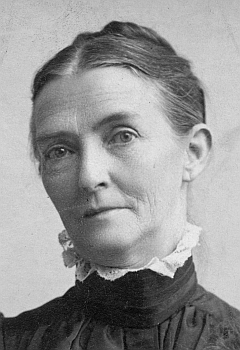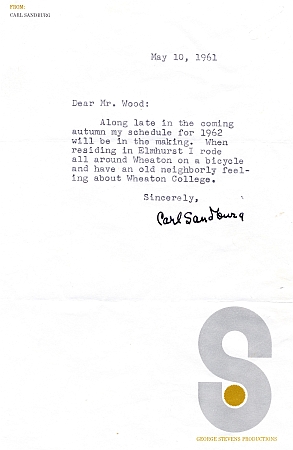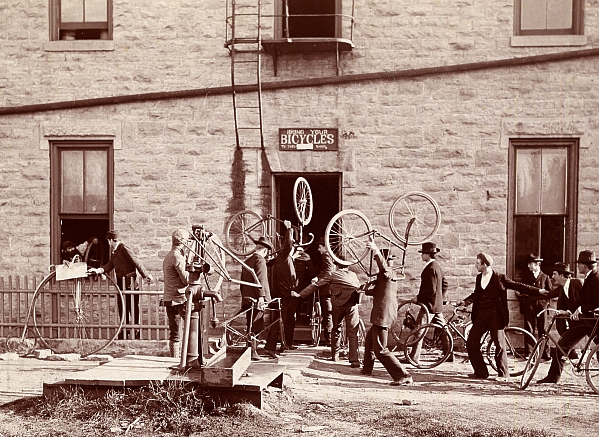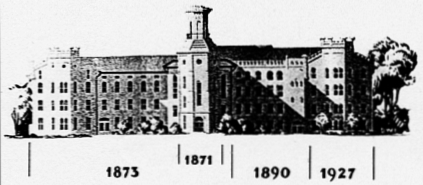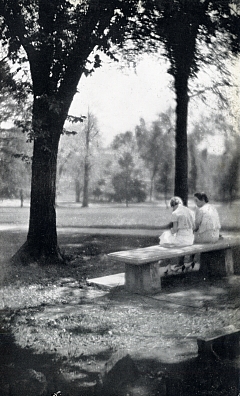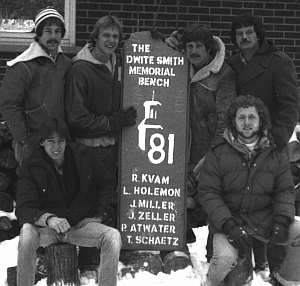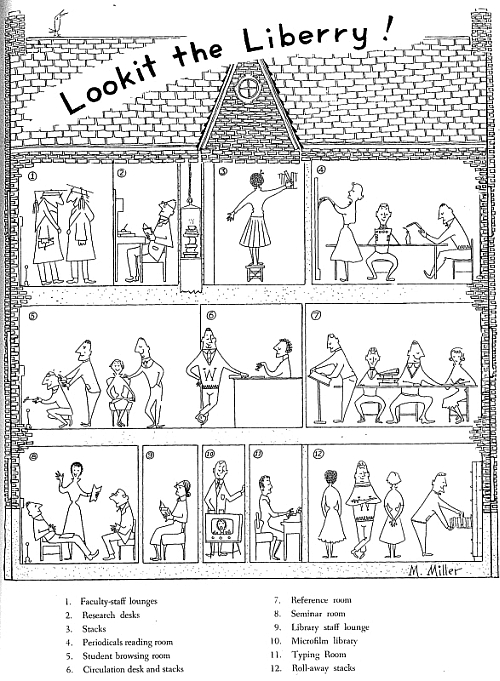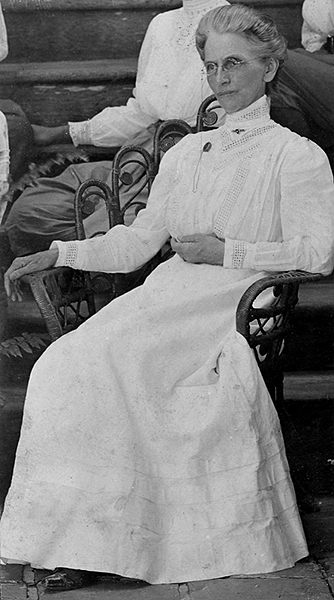Like many small colleges Wheaton College wasn’t much to speak of in its early decades. Small colleges didn’t attempt to offer what the big land-grant universities did and that was why so many continued to survive, despite economic ups and downs. The life of the campus wasn’t in state of the art facilities.
Margaret Landon well remembered her first visit to Wheaton’s campus in the early 1920s. She recalled her “sentimental journey” in the January-February 1938 Wheaton Alumni News that event.
It was sixteen years since I first visited Wheaton. That first day is very clearly printed on my memory. It was raining. One ancient hack stood at the station, black, astonishingly high, and astonishingly short–a museum piece really. The campus was a hayfield. Am I right in remembering a cow grazing? It was vacation and the buildings without students were incredibly dingy. A red-headed janitor swept and sang. Footsteps re-echoed uncompromisingly. On a blackboard near the bookstore was an elaborate chalk whirl ending in a dot, which bore the legend, “Do Not Spit Here.”
The dorm smelled of kerosene. The reception rooms were drab, and the dining room unrelievedly ugly. There was one pinpoint of light. Two students, who had not gone home for vacation consented to show us their rooms. Their suite was cheerful and home like after the rest of the building, and the two students themselves were charming and friendly.
Then, as now, it was the students who made Wheaton…. I was in Wheaton many times last fall before I ventured up onto the campus, for the campus was peopled with many ghosts and I was disinclined to stir the dead leaves of memory…. I saw the old Chapel, which is now a part of the library. And went up to the dorm to the room where the two students had been kind sixteen years before–I roomed with one of them my freshman and sophomore years–and thought of my first night in college when my new roommate and I breathlessly hauled up a pint of ice cream on a string past the Dean’s window. Trum Howard, who furnished the ice cream, could just as well have rung the bell and handed the ice cream to us, but it was much more exciting the other way. Suppose we had plopped the whole carton against Mrs. Garlough’s window! Delicious thought!
“Then, as now, it was the students who made Wheaton.”
